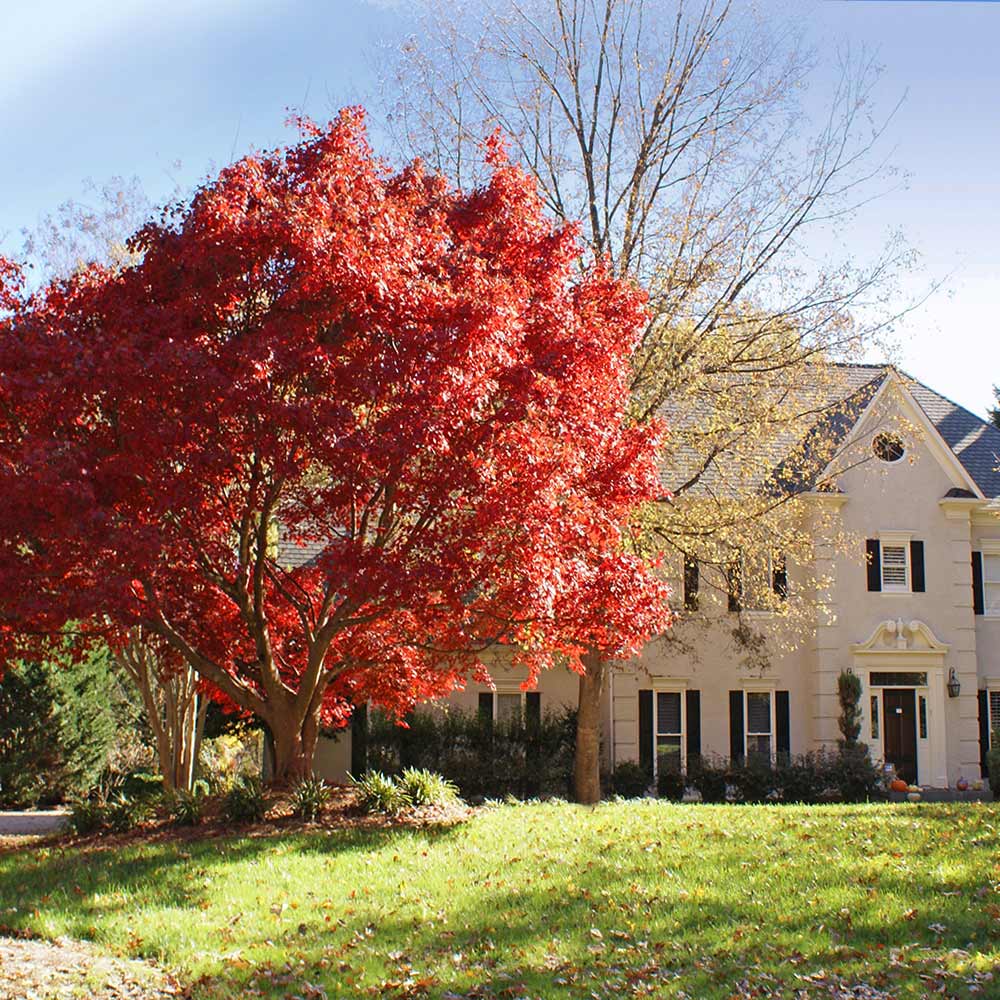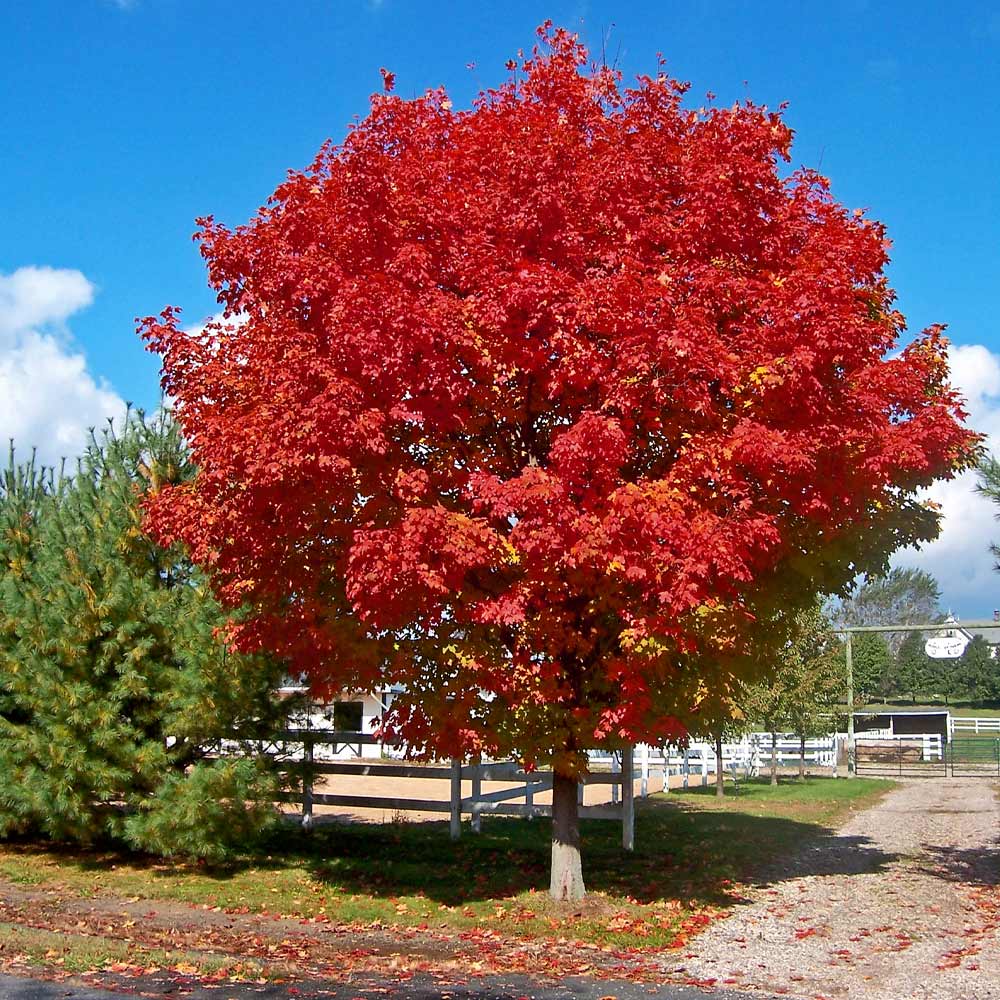

This is, of course, after identifying that the problem with your tree is underwatering or overwatering. They could easily and accurately diagnose problems with your tree.Īdjusting your tree watering schedules can save your tree. Thus, consult an arborist as they have experience dealing with trees. Mulch is also a hub for some harmful pests, fungi, and animals.ĭiseases could have attacked your tree as well. This may be exhibited by slow growth, unexpected and abnormal leaf color change, or scorching of leaves.Ī lot of mulch could be smothering the roots. It could also be suffering from excessive fertilizer or a lack of nutrients. Waterlogging can cause the death of roots. The plant could also start producing smaller leaves as a way to conserve water. Check if the leaves are drying up or drooping. Your tree could be suffering from a lack of water or overwatering. Worse comes to worst, mulch or prune the tree to save it.įollow these guidelines to rescue your dying maple tree.Īfter ascertaining that the tree is dying, it is now time to do a pre-autopsy and identify the cause. Investigate for any signs of pests or illnesses. Then, adjust your watering habits or supplement with the relevant fertilizer. To save a dying maple tree, identify the source of the problem. So, how can you save your maple tree if it starts to show signs of dying? The typical lifespan of some maple tree varieties, such as the red maple tree, is 100-150 years if cared for well. It is essential to care for maple trees so that they have a long uninterrupted life. However, sometimes, just like every tree, maples can become ill or die out. Maple trees can be seen producing striking colors during autumn. They are known for producing maple syrup and hardwood furniture.

National Plant Data Team, Greensboro, NC 27401-‐4901 USA.In lawns, parks, streets, and artificial landscapes, it’s common to see Maple trees as part of the scenery. To a botanist, anything that contains seeds is a fruit, but to others those may be just “spinners.” Remember, those are the fruits! Distribution Some people may not think of maple samaras as fruits, but they are the fruits of maple trees.

Pollen release is easy to tell-look on the ground for yellow powder. Take field glasses (binoculars) out with you so you can see the flowers, which are beautiful dark red, with yellow stamens (sugar maple flowers are green). Tips on Observing Maples: The most challenging aspect of observing the maples is that the leaves and flowers can be high up in the tree. Bark on older trees is often broken into plates. Bisson, ME Sea Grantīark: Young red maples have smooth, light gray bark. These samaras disperse in spring before the leaves are fully developed (sugar maple samaras hang on until the fall). Red maple samaras are red, in contrast to those of sugar maple, which are green in spring. Bisson, ME Sea Grantįruit: Maple trees produce double samaras (winged seeds), but you may know them as “spinners” or “helicopters” due to their characteristic descent to the ground. It is the female flower that produces the fruit. In the female flower it is the stigma that extends past the petals, ready to catch pollen. Male flowers have long stamens that extend beyond the petal and are covered in yellow pollen at the tips. Red Maples can produce all male flowers, all female flowers, or some of both. Two red maple trees may look different from each other during the flowering period. The leaf stalk and twigs also have a reddish color.įlowers: Small, hanging clusters of bright red flowers appear in spring before the leaves. Red maple leaves are green on the top and a light greenish white on the underside, and turn brilliant red in autumn.

Red maple leaves are more toothed, while the lobes on sugar maples have smoother edges. To distinguish them, look at the teeth on the leaf edges. It is easy to confuse red maple with sugar maple. Leaves: Maple trees have palmately lobed leaves, which means their leaves resemble the shape of a hand with five lobes that extend in a fingerlike fashion from a central point, similar to palm of your hand. However, it tends to bud and flower very early in the season, which has a negative effect on the sap, making the syrup season for the red maple very short. Red maple can be used for syrup production. It is wide ranging, and native throughout the eastern half of the United States. Red Maple is a deciduous tree that can be 50 to 60 feet tall at maturity. An illustrated flora of the northern United States, Canada and the British Possessions. Red Maple (Acer rubrum) Fact Sheet USDA-‐NRCS PLANTS Database/Britton, N.L., and A.


 0 kommentar(er)
0 kommentar(er)
